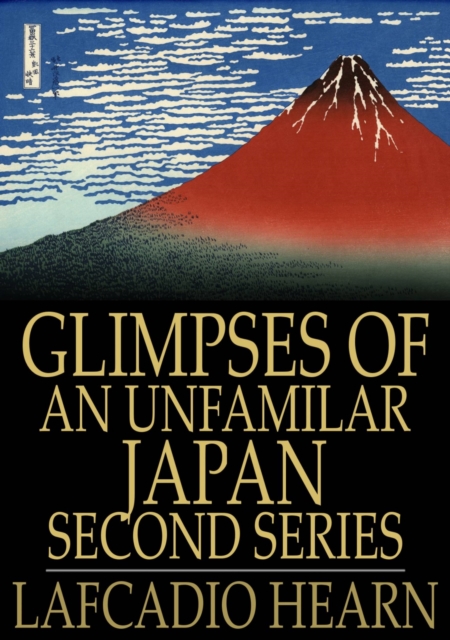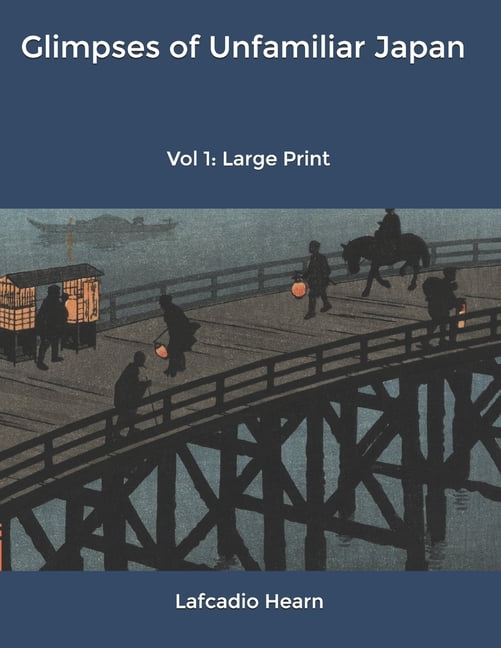

In 1904, at the age of 54, he died suddenly of a heart attack and was buried in Zōshigaya Cemetery in Tokyo. In September of the same year, he began lecturing on English literature at the College of Letters, Tokyo Imperial University, but despite his popularity among students he resigned in 1903 due to a change in the university’s policy regarding foreign teachers. In 1894, he became an editorial writer for the Kobe Chronicle and in 1896 became a naturalized Japanese citizen, changing his name to Koizumi Yakumo.

The following year he married Koizumi Setsu and moved to Kumamoto Fifth Higher School in November. He came to Japan in the spring of 1890 and began teaching English at Matsue Junior High School in Shimane Prefecture in the summer. While working as a reporter for a local magazine in New Orleans from 1877, covering a wide range of topics from literary criticism to crime, he also translated French literary works, such as Gautier’s, into English, published long stories Chita (1889) and Youma (1889), and a travelogue of the West Indies, titled Two Years in the French West Indies (1890), which gradually gained recognition.

in 1869 and, after much hard work, he found a job as a journalist in Cincinnati, Ohio. He lived in poverty in London and moved to the U.S. From the age of eleven he studied at seminaries in France and England, but he lost his sight in his left eye in an accident, and the death of his father, his aunt’s bankruptcy, and his dislike of theology combined to force him to drop out of school at age seventeen.

Later, his father remarried, so Hearn was raised by his great-aunt. Two years later, the mother and her son moved to his father’s birthplace in Dublin, but due to her husband’s absence and cultural differences, Lafcadio’s mother became neurotic, and when Hearn was 4 years old, she was divorced by her husband and returned home alone. Lafcadio Hearn was born in 1850 on the Greek island of Lefkas (after which Lafcadio is named) to an Irish-born British Army doctor father, and a Greek mother.


 0 kommentar(er)
0 kommentar(er)
